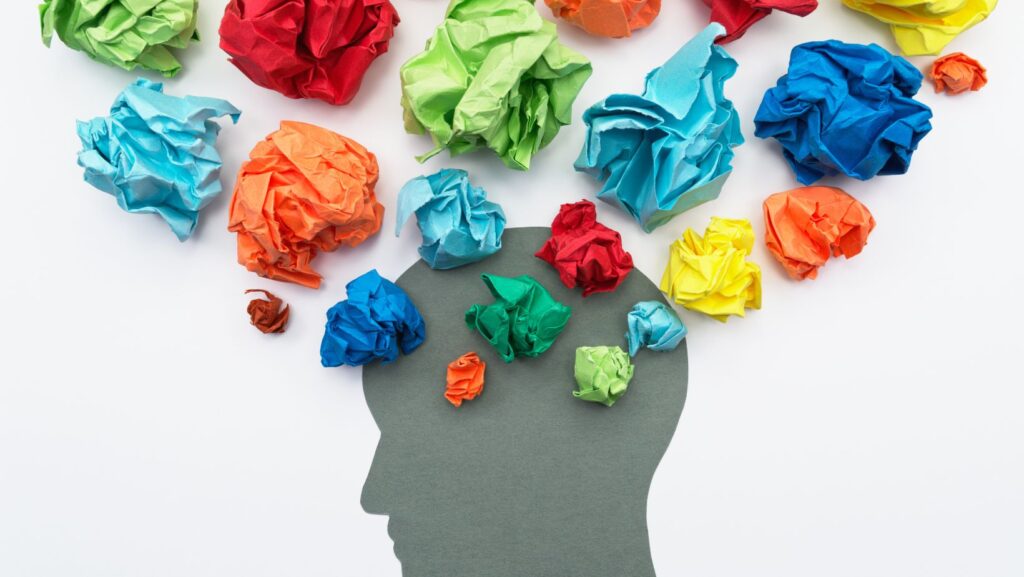As someone passionate about mental health awareness, I’ve always been intrigued by the profound impact of colors on our well-being. Colors have the power to evoke emotions, uplift spirits, and even promote healing. In this article, I delve into the fascinating connection between color psychology and mental health awareness.
Exploring how different colors can influence our moods and mental states is not only enlightening but also essential in promoting positive mental well-being. From the calming effects of blues and greens to the energizing vibes of yellows and oranges, each hue carries its unique therapeutic properties that can aid in managing stress, anxiety, and depression.
Color for Mental Health Awareness
Exploring the impact of colors on mental health reveals fascinating insights into how our surroundings influence our well-being. Colors carry emotional significance that can affect our moods and mental states, offering a powerful tool for managing stress, anxiety, and depression.
Colors such as blues and greens are known for their calming effect on the mind. They evoke a sense of tranquility and harmony, promoting relaxation and reducing feelings of nervousness or tension. Surrounding myself with these soothing hues creates a peaceful environment that helps me unwind after a long day.

The Psychology Behind Color Perception
Exploring the intricate relationship between colors and mental well-being reveals fascinating insights into how different hues affect our emotions and overall state of mind. As an expert in psychology, I’ve observed that colors play a significant role in shaping our thoughts and feelings, influencing our perceptions of the world around us.
Colors have the power to evoke specific emotions and moods due to the way our brains interpret different wavelengths of light. For example, cool tones like blues and greens are often associated with a sense of calmness and tranquility. These colors can help reduce stress and anxiety, creating a soothing environment that promotes relaxation and restful sleep.
Utilizing Colors for Mental Health Awareness Campaigns
Exploring the profound impact of colors on mental health reveals how different hues can evoke emotions and affect well-being. Calming blues and greens help with relaxation and tension reduction, while uplifting yellows and oranges boost spirits and productivity. Understanding the psychology of color perception is crucial as colors shape thoughts, feelings, and evoke specific emotions and moods. Recognizing the cultural and personal influences on color perception is vital for mental health awareness campaigns to resonate effectively and create a harmonious environment that nurtures inner peace and mental clarity.

Case Studies: Successful Implementation of Color in Mental Health Awareness
Exploring real-world applications of color psychology in mental health campaigns provides valuable insights into the effectiveness of utilizing specific hues to promote well-being. Let’s examine two compelling case studies that showcase successful implementations of color in mental health awareness initiatives:
- Mindful Blues and Greens: In a study by a prominent mental health organization, the strategic use of calming blues and greens in treatment rooms and waiting areas significantly contributed to reducing anxiety levels among patients. These soothing colors created a serene atmosphere conducive to relaxation and mindfulness practices, enhancing the overall therapeutic experience for individuals seeking mental health support.
- Energizing Yellows and Oranges: Another enlightening case study conducted by a wellness center revealed the positive impact of vibrant yellows and oranges in common areas and workspaces. The energizing qualities of these warm hues helped elevate mood and foster a sense of optimism and vitality among staff and visitors. This approach not only enhanced motivation but also encouraged open communication and collaboration, promoting a supportive environment that prioritizes mental wellness.
By integrating these findings into mental health awareness campaigns, organizations can tailor their color choices to cultivate specific emotional responses and create spaces that promote mental clarity, emotional well-being, and overall psychological harmony. The judicious selection of colors based on their psychological effects offers a powerful tool for nurturing a positive mindset and fostering resilience in individuals navigating mental health challenges.
